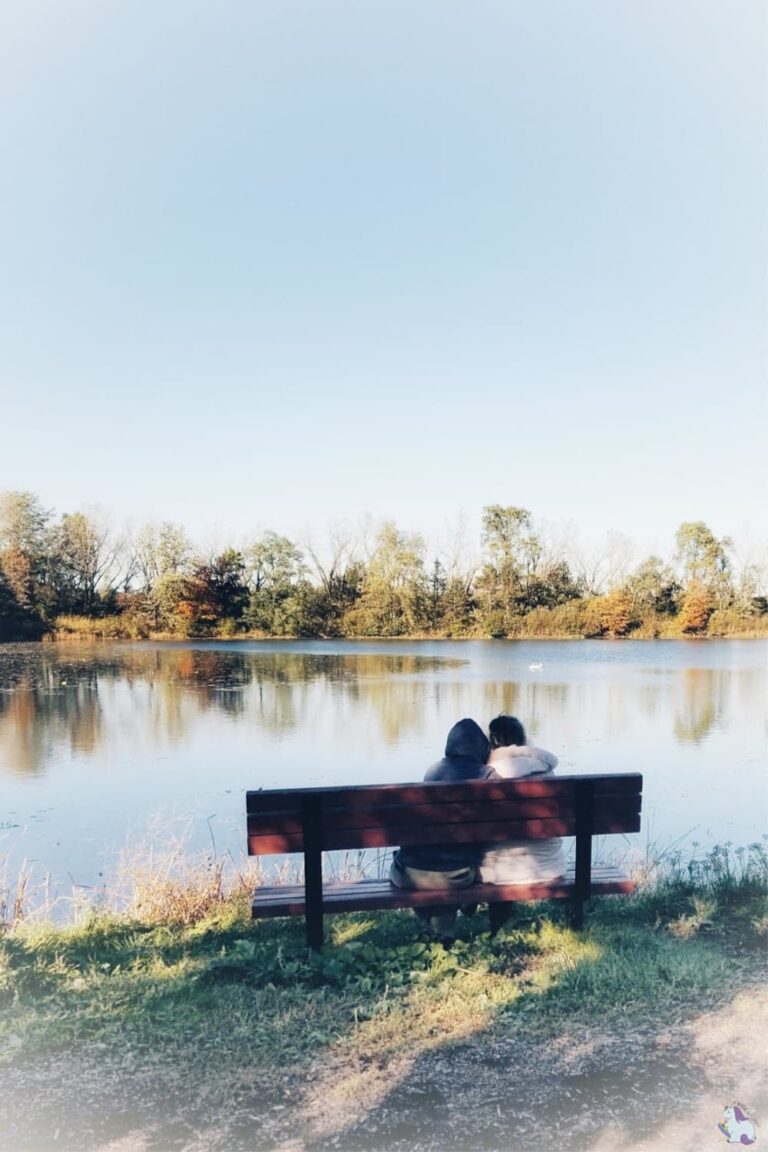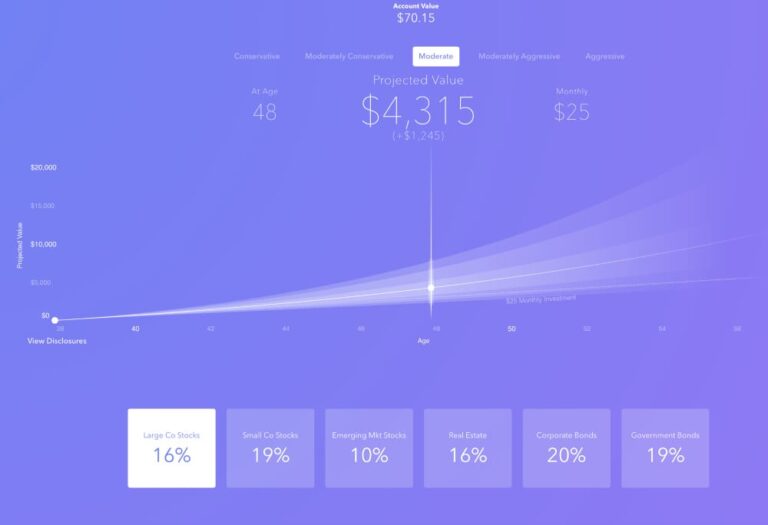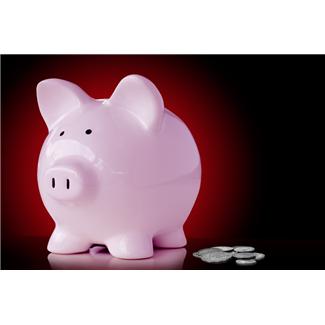Balancing Structure and Spontaneity in Creative Work
The Neuroscience Behind Creative Balance
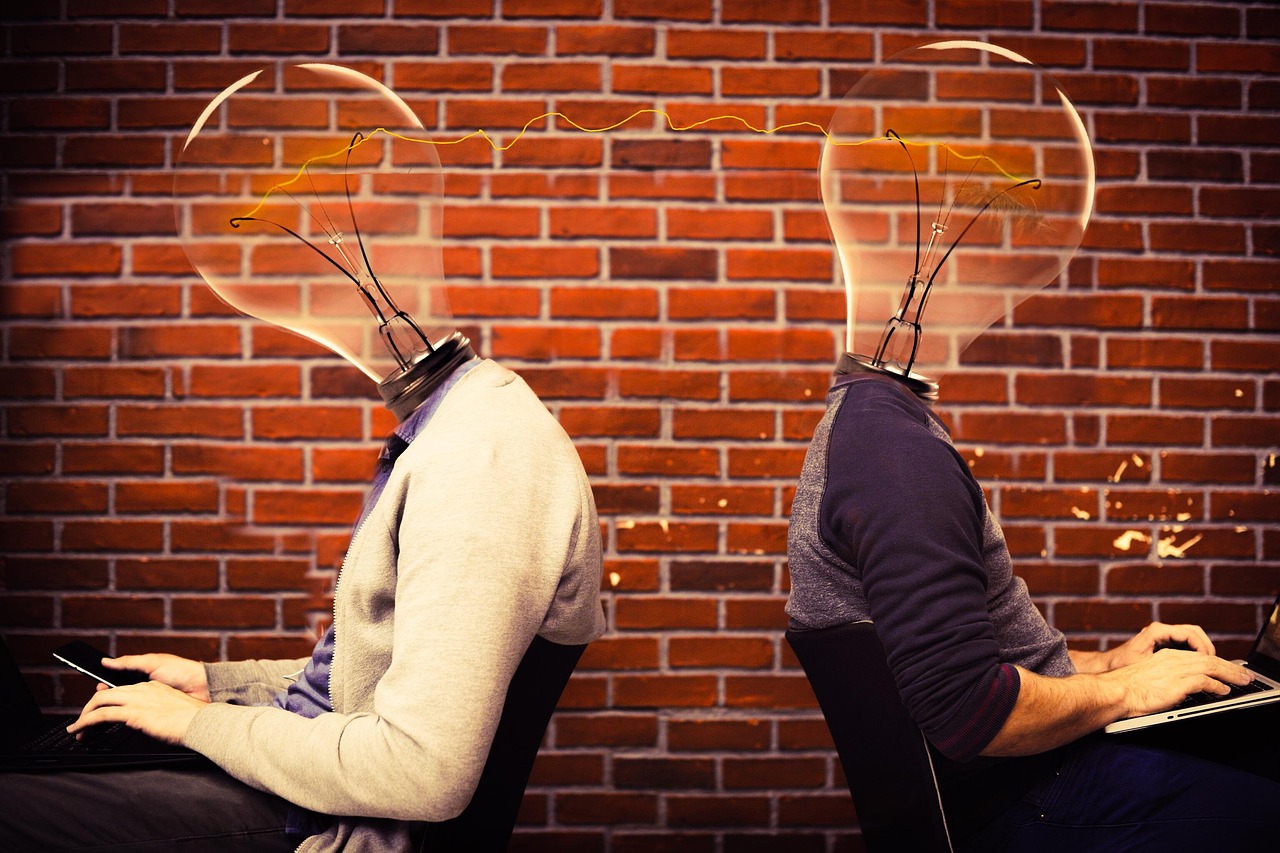
Recent brain imaging studies reveal something fascinating about how our minds actually create. Spontaneous cognitive processes, operating in combination with controlled (executive) processes, are critical for creative ideation. Scientists have discovered that creativity requires both the activation of networks associated with the default mode during spontaneous idea generation and the involvement of central executive networks during the elaboration and refinement of these ideas.
Think of your brain as having two creative gears. One lets you drift and dream while the other kicks in to shape those dreams into reality. A more relaxed and less constrained mental state, characterized by reduced cognitive control, may enhance creativity, while excessive executive control could hinder it. This means that sometimes stepping back and letting your mind wander isn’t laziness – it’s actually a crucial part of the creative process.
The Modern Workplace’s Creative Dilemma
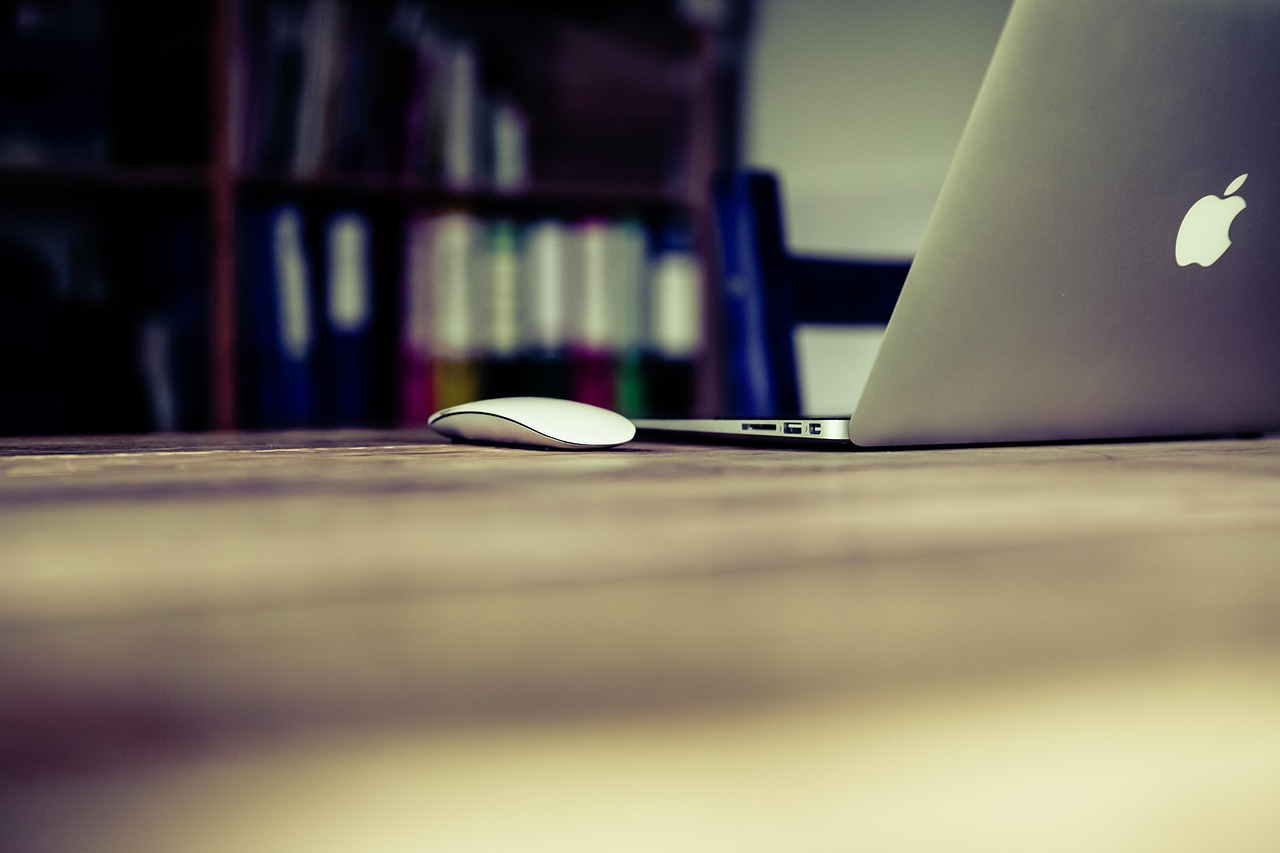
In a dynamic business environment, human resource (HR) flexibility has emerged as a key factor in improving organizational performance and in potentially influencing employee outcomes. Yet many organizations struggle with finding that sweet spot between structure and freedom. Hybrid work has sparked a balancing act between employers and employees, with the goal of creating effective workplaces that satisfy both parties’ needs.
The numbers tell an interesting story about how work is changing. In a Robert Half survey, the vast majority of employers (96%) said they’ve incorporated or plan to use generative AI tools like ChatGPT in their workflows. Data analysis and reporting (47%) and customer service chatbots (45%) were most widely cited as areas for AI assistance. This shift means creative workers need to find new ways to balance their structured tools with human intuition.
When Too Much Structure Kills Innovation

Here’s something that might surprise you – excessive organization can actually harm creativity. Research shows that many leaders struggle to harness creativity’s full potential due to rigid structures, risk-averse cultures, and a lack of practical tools to turn ideas into action. Without the right environment and support, even the best ideas can stall before they deliver real impact.
Companies that over-structure their creative processes often find themselves producing predictable, safe outputs rather than breakthrough innovations. Think about it like trying to capture lightning in a bottle – if you grip too tightly, you might just crush what you’re trying to preserve. The key lies in creating frameworks that guide without constraining.
The Power of Planned Spontaneity
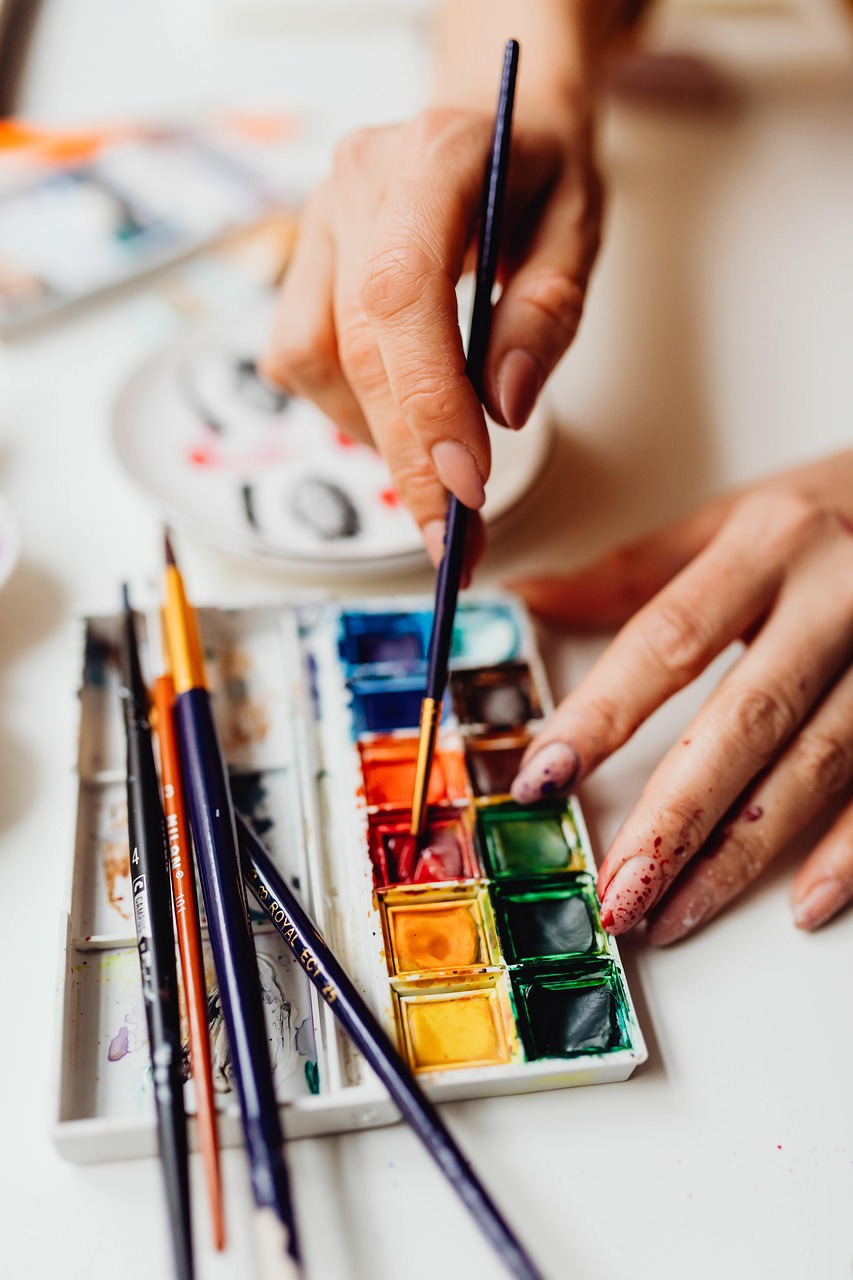
The five-stage creative process – preparation, incubation, illumination, evaluation, and implementation – is a framework for transforming abstract ideas into market-ready solutions. The creative process unfolds through preparation, incubation, illumination, evaluation, and implementation. This framework shows us that spontaneity isn’t random – it can be cultivated within structured approaches.
Smart creative professionals build what I call “structured flexibility” into their work. Leaders can enhance this natural part of their team’s own creative process by structuring work with deliberate pause points. This creates space for subconscious processing that often yields unexpected insights. It’s like scheduling time to be unscheduled – paradoxical but powerful.
Why Artists Embrace Controlled Chaos
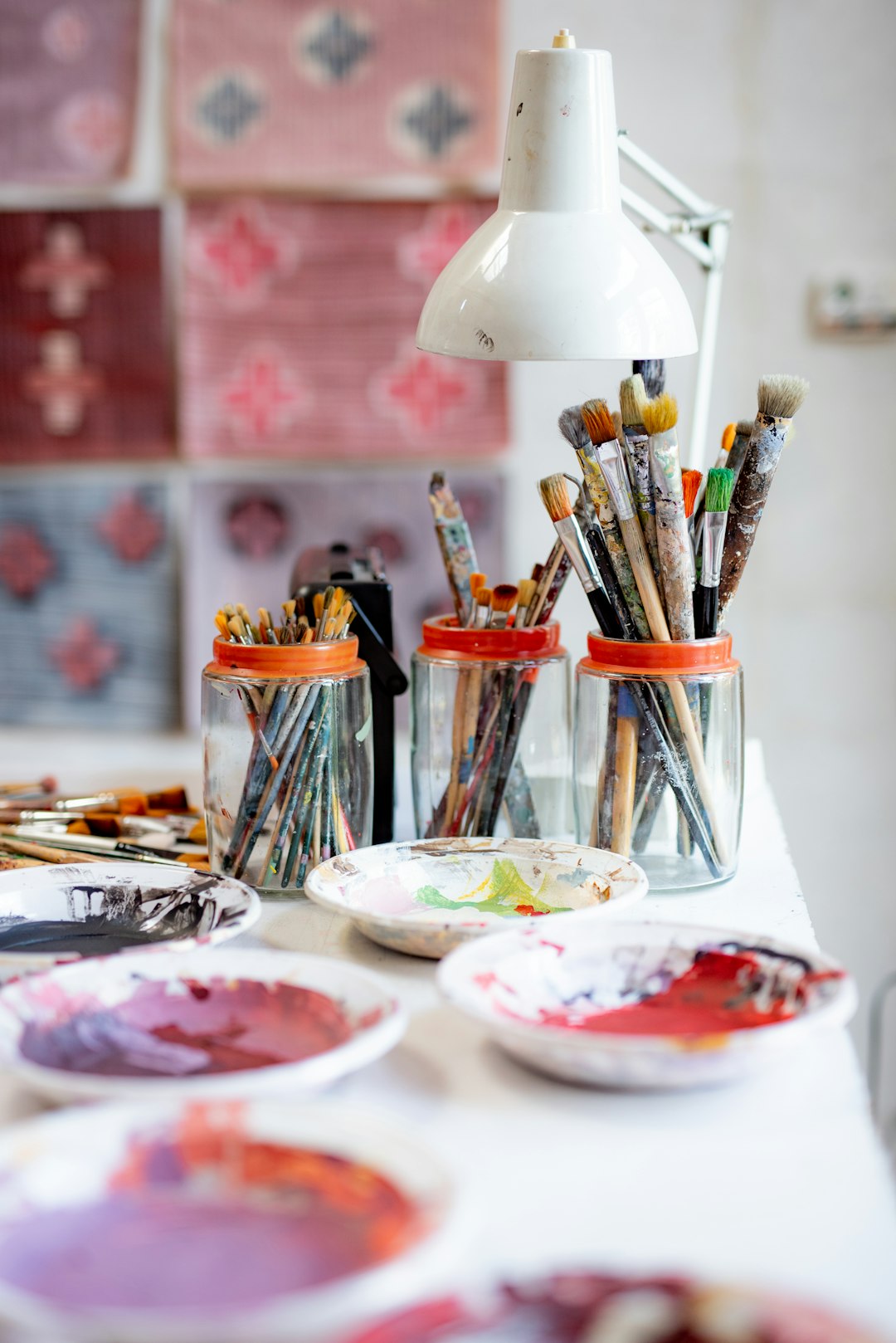
Artists have long understood something that business is just catching up to. Artists often defined creativity from their personal perspectives on the creation process, which they described based on feelings, practices, past experiences, and exploration. Artists’ creativity is a state of being: “you live in this flow where artistic work and thought is present all the time”.
Many artists described this process as play and also used other play-related concepts, such as spontaneity, surprise, freedom, boredom, idleness, and boldness, to break the rules of reality. This approach to creativity recognizes that breakthrough moments often come when we’re not forcing them. Artists create loose structures that allow for unexpected discoveries while still maintaining enough discipline to complete projects.
The Evolution of Creative Maturity
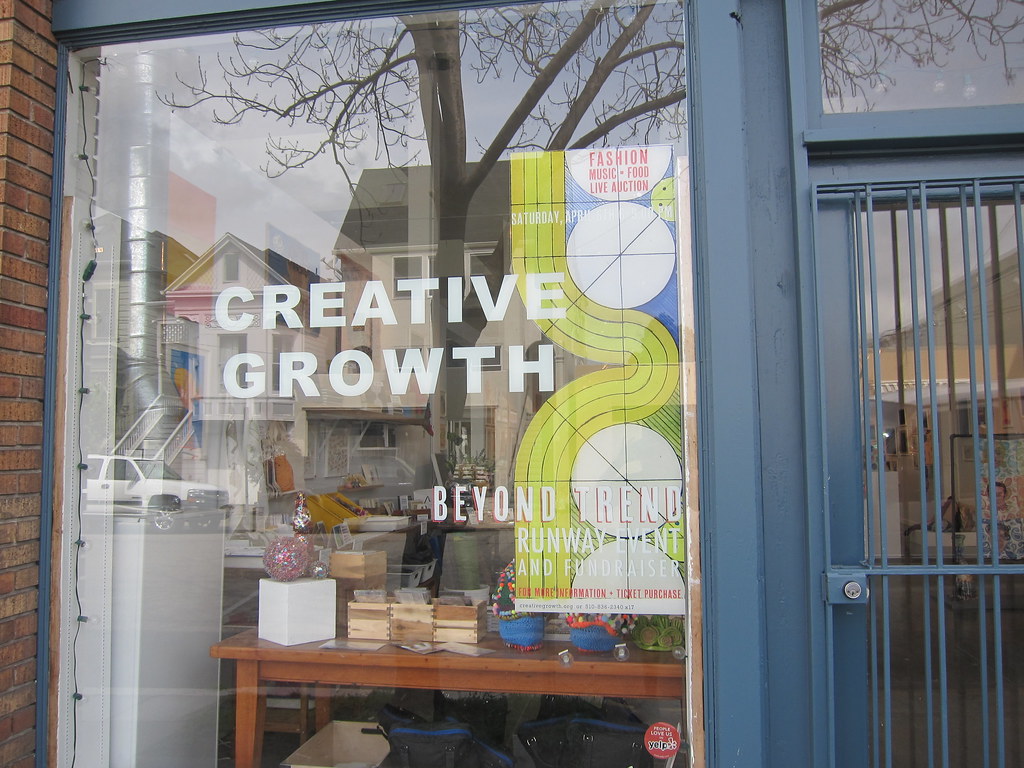
Interestingly, the relationship between structure and spontaneity changes as we develop our creative skills. When discussing the differences between her younger and more mature experiences as a writer, Rosabetty Muñoz describes the process of her maturation as a process of growing awareness and control of spontaneous thought. When I was younger, I was more spontaneous, free, because I let my emotions flow, in the sense of letting myself be trespassed by this image.
But here’s the twist – I may have lost spontaneity but I have won in awareness, that is, in making words to really deliver what I think is in the spirit of my perceptions. Experienced creatives learn to harness their spontaneous impulses more effectively, not by suppressing them but by developing better tools to capture and refine them.
The AI Challenge to Traditional Creative Balance
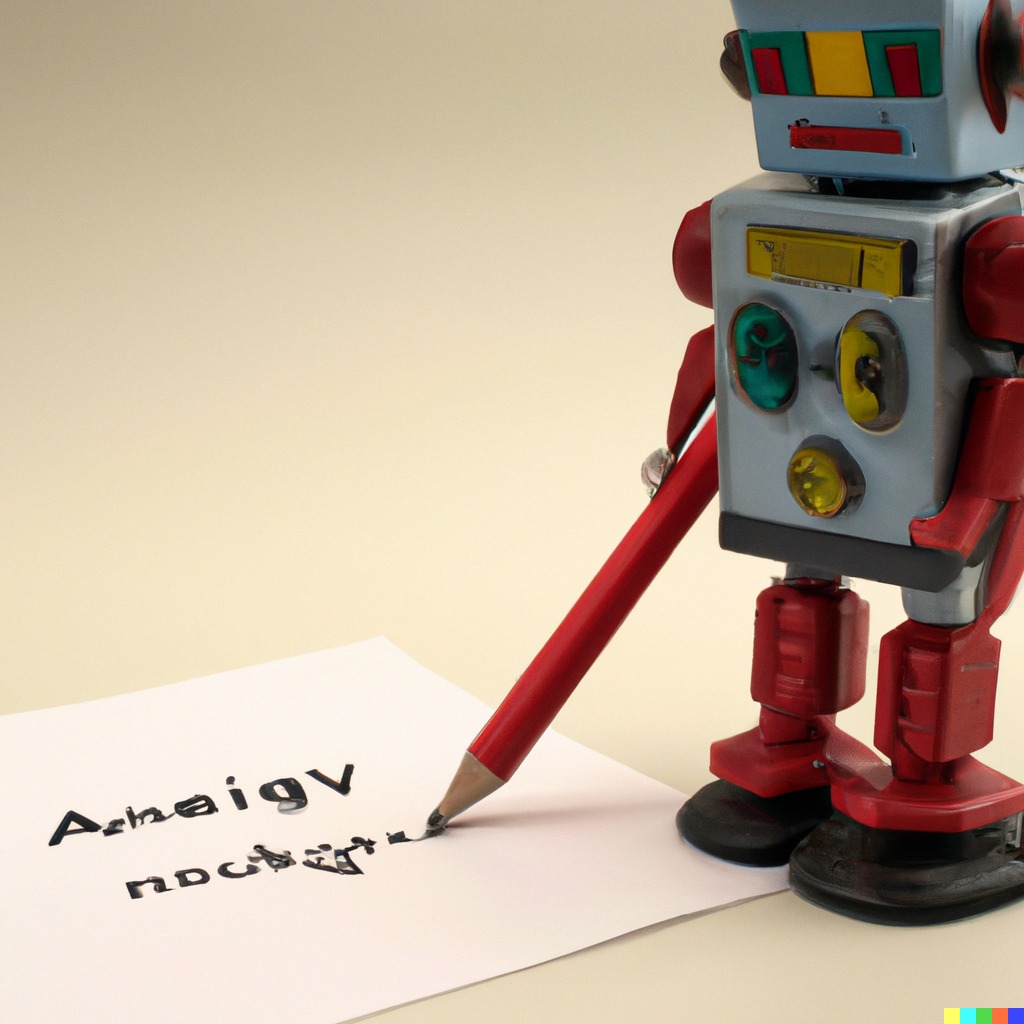
People were most creative when writing a poem on their own, compared to first receiving a poem generated by an AI system and using sophisticated tools to edit it. This finding reveals something important about how structure and spontaneity interact in the age of artificial intelligence. When we rely too heavily on AI-generated starting points, we might be compromising our natural creative process.
The research suggests that Generative AI can enhance the creativity of short stories but may limit the variation in diverse outputs. This creates a new challenge for creative workers – how do we use AI as a tool while maintaining our spontaneous creative edge? The answer seems to lie in using AI for structured tasks while preserving human intuition for the unpredictable moments.
Flexible Work Systems and Creative Output
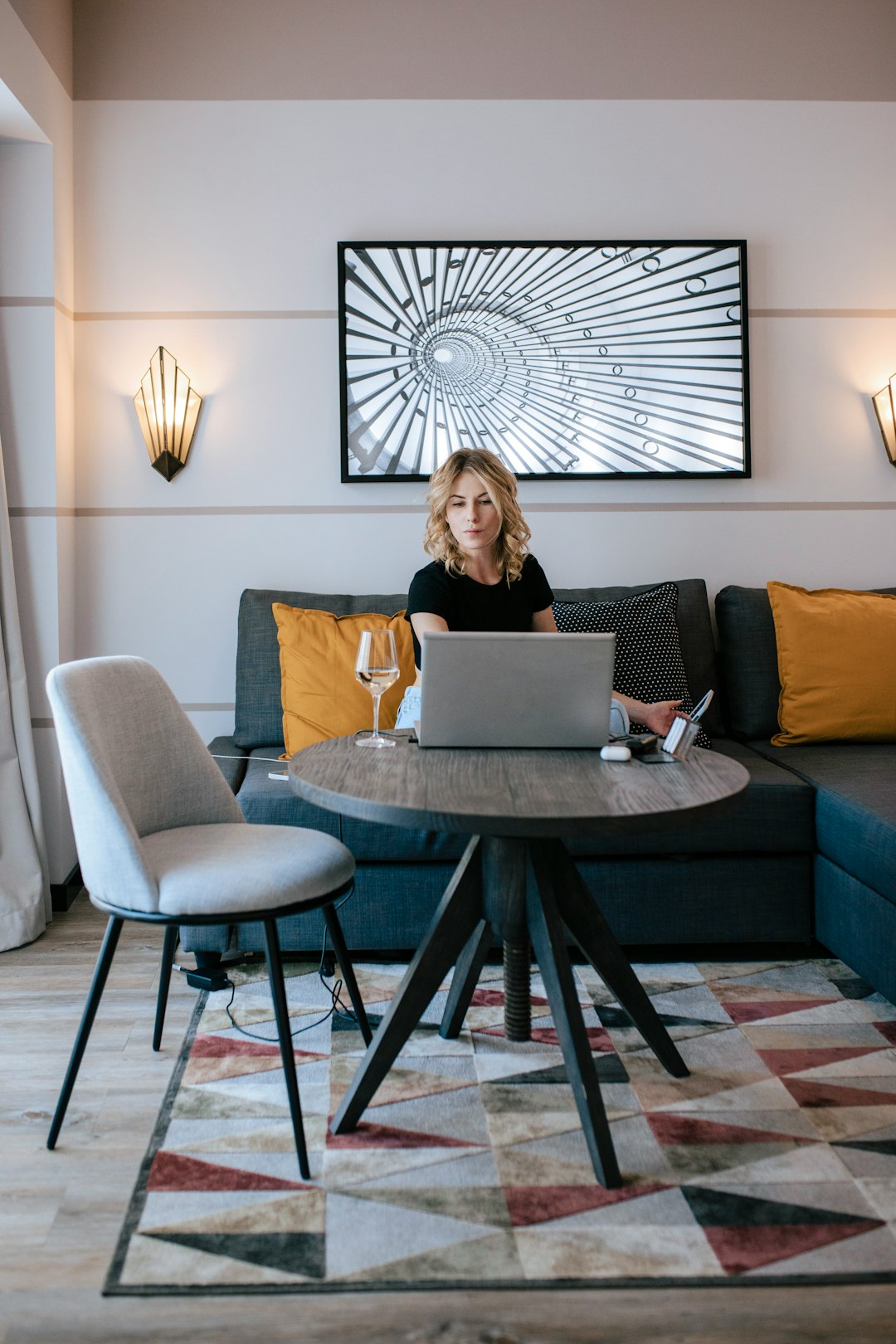
Drawing on social information processing (SIP) theory, we present a novel model that elucidates the mechanisms through which HR flexibility promotes employee creativity. Perceived HR strength and career satisfaction play serial mediating roles in the relationship between HR flexibility and employee creativity, and employer brand positively moderates this relationship.
What this means in practical terms is that when companies give employees more flexibility in how they work, creativity tends to increase. Job seekers continue to favor remote and hybrid work arrangements, with 75% in another Robert Half survey saying they’re least interested in fully in-office positions. Creative workers, in particular, seem to thrive when they can choose their optimal working conditions.
Building Creative Resilience Through Structured Flexibility

Optimizing employee creativity in the digital era involves uncovering the interactional effects of abilities, motivations, and opportunities. The most successful creative professionals develop what researchers call “creative resilience” – the ability to maintain innovative thinking even under pressure or constraints.
This resilience comes from understanding that structure and spontaneity aren’t enemies but dance partners. You need enough structure to make progress and enough flexibility to respond to unexpected opportunities. Flexible scheduling allows teams to work when they feel most creative rather than adhering to rigid timetables and encourages natural thought development.
The Temporal Nature of Creative Flow

Scholars view the creative process as a sequence of activities that unfolds over time. Understanding the timing of creativity is crucial for balancing structure with spontaneity. Starting early on with idea selection is considered crucial, because this enables creators to drop, modify, or reorient initial ideas. In contrast, it is suggested that individuals who postpone idea selection will get more attached to their ideas.
This research suggests that the best creative work happens when we alternate between generating ideas freely and then applying more structured evaluation processes. It’s like having separate modes for creation and editing – each serves its purpose at the right time.
Creating Environments for Dual-Mode Thinking
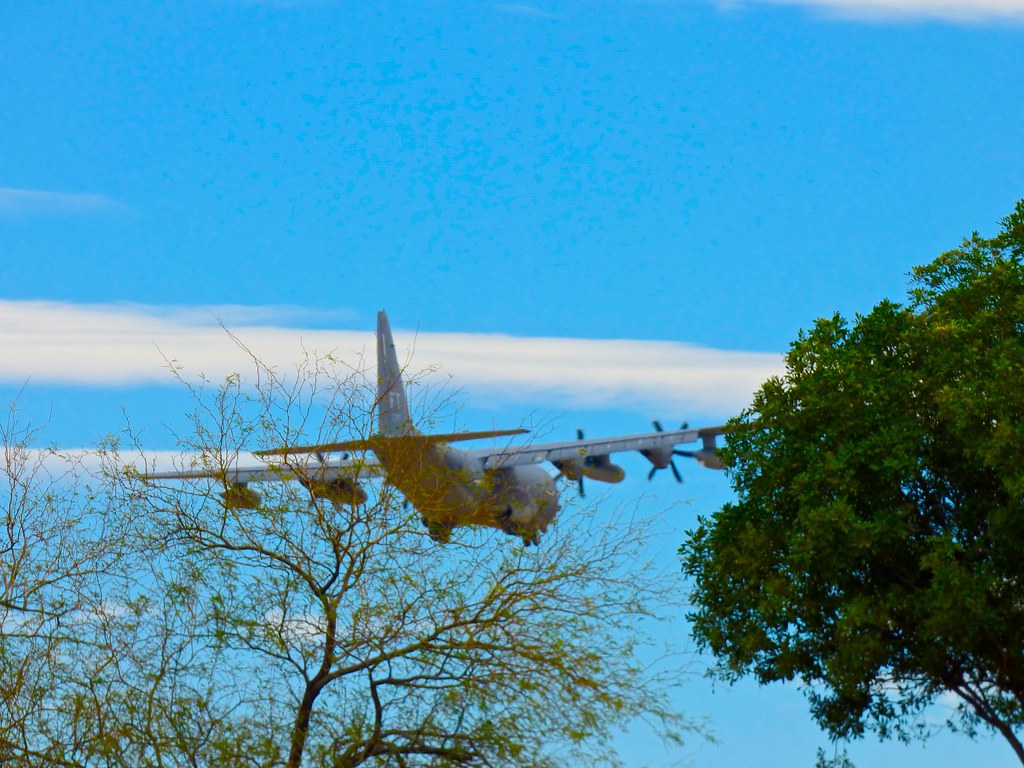
Creative process theories often adopt a dual-process view, with Guilford’s model positing that creativity involves a combination of spontaneous (divergent) and controlled (convergent) thinking. Spontaneous thinking drives the originality of ideas, while controlled thinking evaluates their applicability.
The most innovative workplaces are designing environments that support both types of thinking. Cross-departmental lunches and informal conversations with colleagues from different areas often spark unexpected insights that wouldn’t emerge in structured settings. But they also provide quiet spaces for focused work and formal processes for evaluating and implementing ideas.
The Future of Structured Spontaneity

Organizations increasingly rely on AI-driven tools, global collaborations, and adaptive work environments to foster innovation. A deeper understanding of how these factors intersect is necessary to develop effective strategies for enhancing workplace creativity. The creative professionals who thrive in this new landscape will be those who master the art of structured spontaneity.
Looking ahead, workplace trends around AI, flexibility and skills gaps look to continue. The hiring and business environment will continue to be complex and unpredictable. This uncertainty actually creates opportunities for those who can balance structured approaches with spontaneous adaptation. The future belongs to creative workers who can dance between planning and improvisation, using both as tools for innovation.
The most successful creative work emerges not from choosing between structure and spontaneity, but from learning to weave them together like threads in a tapestry. Each strengthens the other, creating something more beautiful and resilient than either could achieve alone. Are you ready to embrace this creative paradox?

